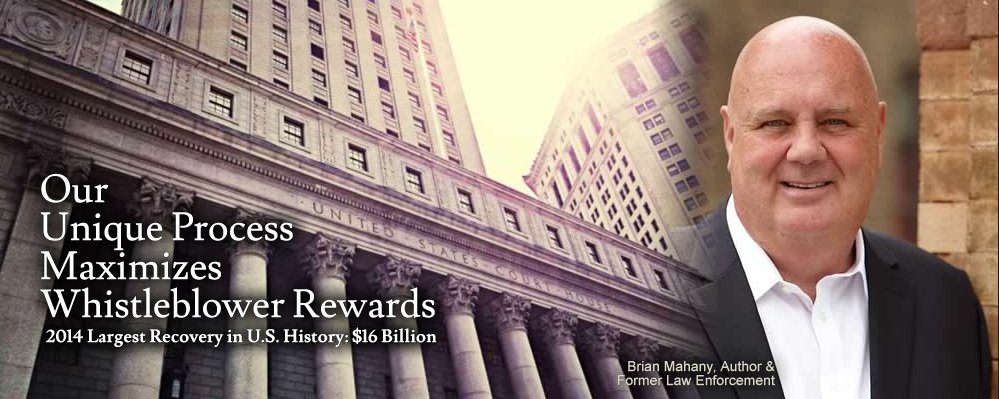by Brian Mahany
No matter how many rules and regulations, securities fraud remains a big problem. Most cases involve unsuitable investment recommendations but unauthorized trades are a close second.
An unauthorized trade occurs when a stockbroker or investment adviser purchases or sells a security in your account without your permission. Because investment advisers do not get paid by commission, the problem occurs more with stockbrokers. The more trades in your account, the higher their commissions.
Recently UBS Bank found itself with large losses after one of their traders was fired for allegedly making unauthorized trades in 39 customer accounts. By the time the fraud was discovered, the losses to investors (and ultimately the bank) were estimated at $42 million.
In the UBS case, the trader apparently had a single trade go bad. The loss at that time was just over $100,000. Instead of coming clean and admitting his actions, he then tried to cover the loss by making risky trades in other accounts and delaying account statements to customers. The $130,000 loss soon ballooned into the tens of millions.
The UBS scandal is nothing compared to the current problems at MF Global, the now bankrupt Wall Street firm run by former N.J. governor Jon Corzine. There, authorities believe that as the firm began to rapidly lose money, traders dipped into customer funds causing the loss of approximately $600 million. While no one is quite sure who is responsible yet, one thing is sure. Thousands of customers lost hundreds of millions of dollars.
It’s one thing for traders to speculate using house money but as can be seen from the UBS and MF Global cases, sometimes the temptaion to try and cover losses causes traders to dip into client accounts.
Customer losses caused by a rogue broker tend to be limited and motivated by a desire to generate more commissions or cover up a mistake in another account. Losses caused by traders dipping into customer accounts tend to be much, much larger. In the latter case, the firm often cannot sustain the losses and goes under.
Customers receive limited protection from the SIPC (Securities Investor Protection Corporation) but larger accounts may leave you with little protection if the firm folds. The coverage offered by SIPC only kicks in if the firm is unable to pay the losses. Often, firms will contest the loss and claim that customer authorized the trade.
I am surprised by the clients we see that bring in their statements to us after suffering a loss. The envelopes containing their statements are often unopened! One of the easiest ways to detect fraud is to carefully review your account statement. Although paper statements can be forged, electronic statements are usually accurate. If you see an unauthorized trade or activity in your account complain immediately by phone and in writing.
Although mistakes sometimes occur, it is best to complain to the firm’s compliance department. If your broker is churning your account or engaged in unauthorized activity, chances are the compliance officers will take immediate action once reported.
As long as you monitor your account, the broker dealer or investment advisory firm is usually responsible for the mistakes or transgressions of their employees. You can’t report that a trade made years ago was not authorized, however.
If you lost money through the fraud or negligence of a stockbroker, investment adviser, financial planner or banker and can’t get immediate redress, contact us as soon as possible. In many investment fraud cases, the problem can be addressed through binding arbitration before the Financial Industry Regulatory Authority (FINRA) or American Arbitration Association. Most cases can be handled on a contingent fee basis.
The securities fraud lawyers at Mahany & Ertl have helped many people recover their hard earned money. For more information and a no fee, confidential assessment of your case, contact attorney Brian Mahany at (direct) or by email at .
Mahany & Ertl – America’s Fraud Lawyers. Offices in Milwaukee, Wisconsin; Detroit, Michigan; Portland, Maine & Minneapolis, Minnesota.

